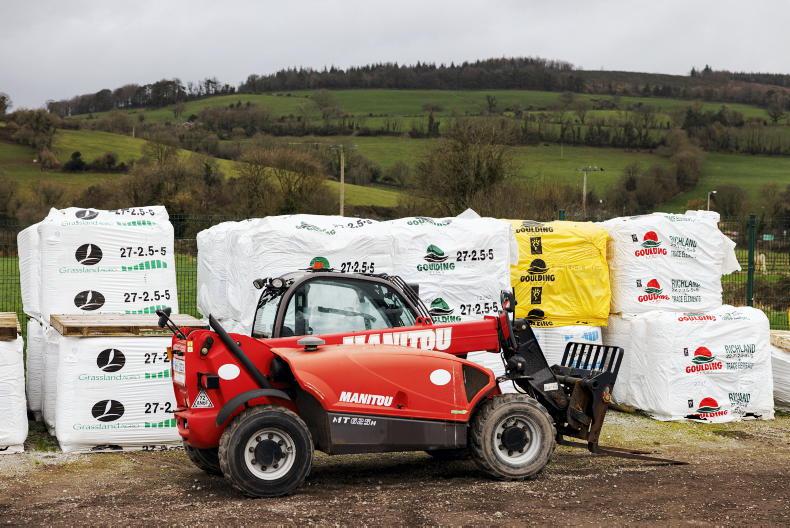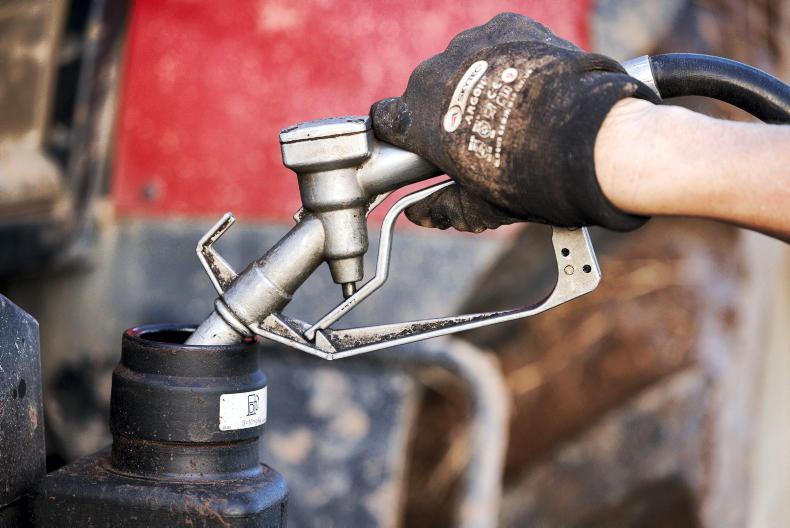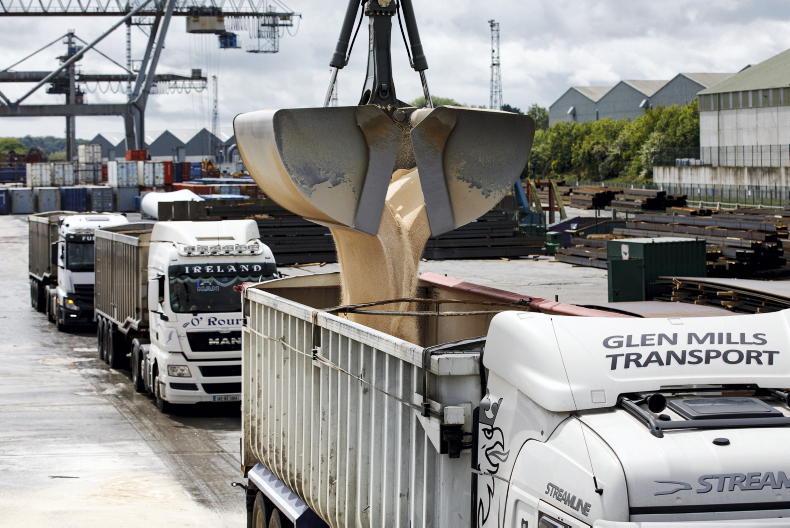Farmers have been advised by the National Fodder and Food Security Committee to purchase around 20% to 30% of next year’s fertiliser requirement to avoid being left without product in spring.
Merchants and importers are understood to be keen to see farmer demand grow before Christmas to allow for next year’s requirements to move along the supply chain over the winter months when supplies can be sourced overseas ahead of the spring months in which demand is high across Europe.
Traditionally, October, November and December were the quietest months for farmer fertiliser activity, as farmers would have only bought fertiliser as needed throughout the year.
This availability may be significantly challenged in spring if gas prices remain high and European manufacturing plants do not push production beyond the 30% capacity at which they are currently operating.
“We want to ensure that we don’t have a situation where a farmer needing to apply fertiliser next year will not be able to source it,” the committee’s chair Mike Magan said when opening a meeting held on fertiliser supply and availability.
However, the committee agreed that each farmer must make purchasing decisions only after taking account of farm-specific risks and cashflow projections.
Particular problems for phosphorus
Phosphorus (P) fertilisers were said at the meeting to be at risk of facing “particularly acute” availability issues next spring.
Farmers have been advised to determine their P requirements and to begin sourcing “as soon as possible”.
A phosphorous shortage has the potential to affect tillage farmers establishing spring crops and make it difficult for bean growers to source compound fertiliser blends that do not contain nitrogen.
Before the Russian invasion of Ukraine, approximately 70% of the country’s phosphate was estimated to have come either directly from Russia or from Russian-owned manufacturing plants.
Trade sanctions mean that these phosphate sources are no longer in the running for fertiliser importers, who have had to look to alternative sources for the nutrient, particularly to Morocco, where logistical constraints do not allow exports to Ireland in spring.
Similar issues are not expected when sourcing potash.
Usage down
The Department of Agriculture told stakeholders that chemical nitrogen sales are back around 20% on last year, while sales of P and potassium are back by almost one third.
These sales figures do not necessarily reflect the volumes that have been spread, meaning that some supplies may be sitting in yards.
Farmers have been encouraged to keep lines of communication open with suppliers in this regard, to allow merchants to calculate the volumes they must buy in to meet demand.
Thought to be further complicating merchants' calculations of expected demand is the switch some farmers had to make, for example swapping urea for CAN, when dealing with tight supplies in sales yards.
Simple tonnage figures do not reflect the amount of nitrogen sold, unless accompanied by a breakdown of fertiliser blends.
Read more
Fertiliser importers need financial support to import supply - report
Serious concern around fertiliser availability
Fertiliser supply issues loom in absence of national import plan
Farmers have been advised by the National Fodder and Food Security Committee to purchase around 20% to 30% of next year’s fertiliser requirement to avoid being left without product in spring.
Merchants and importers are understood to be keen to see farmer demand grow before Christmas to allow for next year’s requirements to move along the supply chain over the winter months when supplies can be sourced overseas ahead of the spring months in which demand is high across Europe.
Traditionally, October, November and December were the quietest months for farmer fertiliser activity, as farmers would have only bought fertiliser as needed throughout the year.
This availability may be significantly challenged in spring if gas prices remain high and European manufacturing plants do not push production beyond the 30% capacity at which they are currently operating.
“We want to ensure that we don’t have a situation where a farmer needing to apply fertiliser next year will not be able to source it,” the committee’s chair Mike Magan said when opening a meeting held on fertiliser supply and availability.
However, the committee agreed that each farmer must make purchasing decisions only after taking account of farm-specific risks and cashflow projections.
Particular problems for phosphorus
Phosphorus (P) fertilisers were said at the meeting to be at risk of facing “particularly acute” availability issues next spring.
Farmers have been advised to determine their P requirements and to begin sourcing “as soon as possible”.
A phosphorous shortage has the potential to affect tillage farmers establishing spring crops and make it difficult for bean growers to source compound fertiliser blends that do not contain nitrogen.
Before the Russian invasion of Ukraine, approximately 70% of the country’s phosphate was estimated to have come either directly from Russia or from Russian-owned manufacturing plants.
Trade sanctions mean that these phosphate sources are no longer in the running for fertiliser importers, who have had to look to alternative sources for the nutrient, particularly to Morocco, where logistical constraints do not allow exports to Ireland in spring.
Similar issues are not expected when sourcing potash.
Usage down
The Department of Agriculture told stakeholders that chemical nitrogen sales are back around 20% on last year, while sales of P and potassium are back by almost one third.
These sales figures do not necessarily reflect the volumes that have been spread, meaning that some supplies may be sitting in yards.
Farmers have been encouraged to keep lines of communication open with suppliers in this regard, to allow merchants to calculate the volumes they must buy in to meet demand.
Thought to be further complicating merchants' calculations of expected demand is the switch some farmers had to make, for example swapping urea for CAN, when dealing with tight supplies in sales yards.
Simple tonnage figures do not reflect the amount of nitrogen sold, unless accompanied by a breakdown of fertiliser blends.
Read more
Fertiliser importers need financial support to import supply - report
Serious concern around fertiliser availability
Fertiliser supply issues loom in absence of national import plan










SHARING OPTIONS